Fractal Design vs NZXT vs Phanteks: What's the best new mini-ITX tower case?
March 29, 2016 | 15:19
Companies: #bitfenix #bit-tech-tech #fractal-design #nzxt #phanteks

Fractal Design vs NZXT vs Phanteks: What's the best new mini-ITX tower case?
It's easy to forget that just a few years ago, the choice of enthusiast mini-ITX cases was very slim indeed. However, BitFenix's Prodigy changed all that by offering us one of the first dinky cases that was great for both air cooling and water-cooling - be it with an AIO liquid cooler or custom water-cooling kit. Yes, it was a large case, but the fact remains that it's easy to work with and can house a ton of gear and is great for water-cooling systems too - all three of the latest mini-ITX tower cases are of similar size.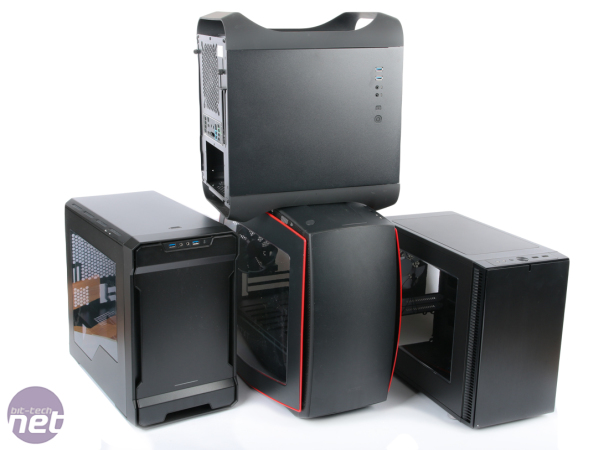
So the question I want to ask today is which of the trio of new cases - the Fractal Design Define Nano S, the NZXT Manta and Phanteks Evolv ITX - is worth your cash and is there an outright winner? Indeed, are any of them worth it over the famous Prodigy? There are of course plenty of other mini-ITX cases out there, but I'm focusing on standard towers and also cases that we've reviewed here, especially as I've housed my own system for the last year in one and built systems into all three.
Size: Winner - Fractal Design Define Nano S
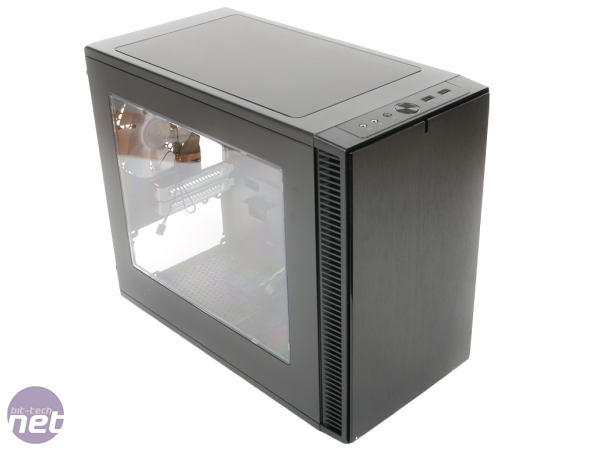
With dimensions of 203 x 412 x 344 (W x D x H), the Nano S has a volume of 27.8 litres. This is actually much smaller than you'd think. For instance, the NZXT Manta's volume is a hefty 47 litres and Phanteks' Evolv ITX comes in at 34 litres - the Nano S is noticeably less wide and not as deep as the Phanteks and NZXT making it the logical choice. The Prodigy is larger too, although mainly thanks to its handles. While the Manta's curved shape adds a lot of excess to the design, it's pretty huge on the inside too.
Water-cooling support: Winner - NZXT Manta and Fractal Design Define Nano S
Having personally housed my own water-cooled system in the Phanteks for the last year or so, I'm surprised I didn't find myself leaning towards recommending it over the other two. However, there is one good reason for this and that is while it has fairly good water-cooling support, ventilation is pretty poor. So poor in fact that I cut a hole in the roof of mine to improve the airflow from a 280mm radiator I housed up there and this improved cooling dramatically - the standard included roof vents are pretty pathetic.
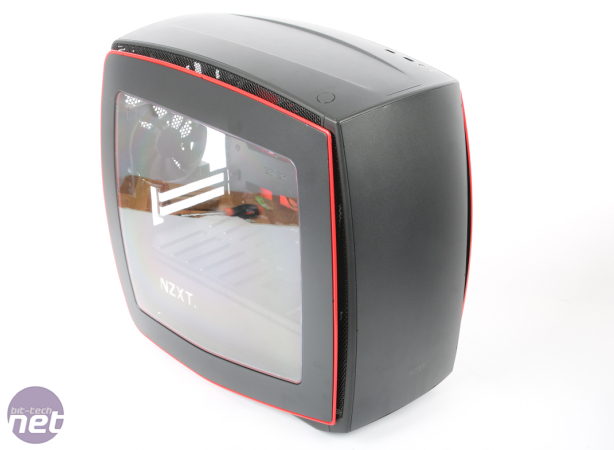
The Manta and Nano S don't suffer quite the same issue, although, amazingly, despite its size, the Nano S is actually better here as it has a full-blown roof vent while the Manta only sports right-angled vents that undoubtedly hinder airflow from any radiator located here. However, the Manta's excellent support for reservoirs and pumps as well as its dual 280mm radiator mounts mean that it definitely stands above the Evolv ITX here for me - the latter is only good if you're prepared to cut a hole in the roof - it's otherwise quite cramped, even if the front mount is also usable and sports better, if not stellar ventilation.
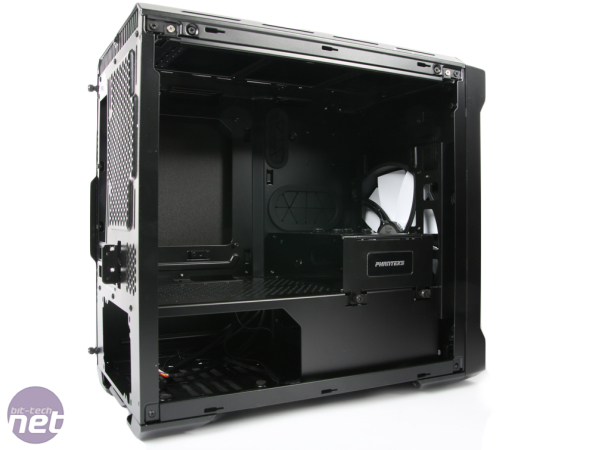
Features: Winner - NZXT Manta and Fractal Design Define Nano S
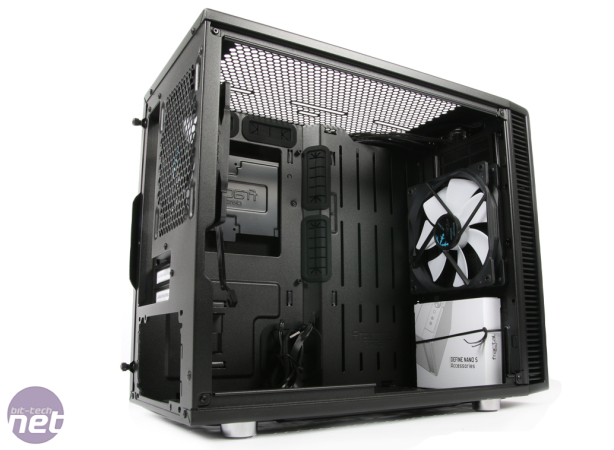
The Manta sports a similar arrangement but mostly thanks to its size. It still fairly clunky, though, with a 3.5in mount behind the motherboard tray/SSD mounts, but can be tricky to access, as would the two SSD mounts in the main chamber if you had a pump and tubing running across them. Still, it's nice to see a PWM fan hub and LEDs included in the package and you get a full-length, swanky PSU cover that doesn't hamper water-cooling, unlike that in the Phanteks, but again, this is partly down to the Manta's size.

MSI MPG Velox 100R Chassis Review
October 14 2021 | 15:04








Want to comment? Please log in.